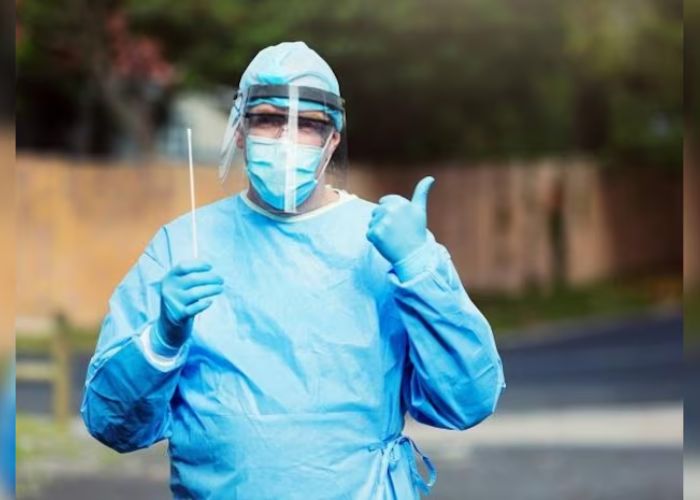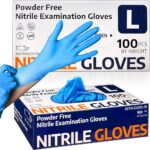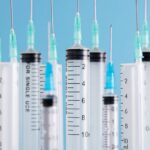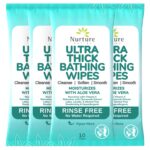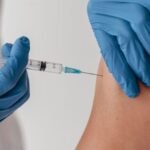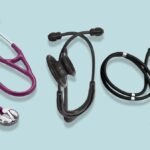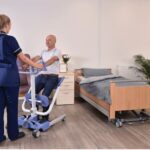As a healthcare safety officer with over 7 years of experience ensuring proper PPE use in hospitals, I have witnessed firsthand the importance of masks, gloves, gowns, and face shields in protecting healthcare workers. Proper training and education on selecting and using PPE appropriately is critical to avoid transmission of infections in healthcare settings.
In my role, I conduct assessments to identify risks, determine the appropriate level of PPE, fit test masks, train staff on donning/doffing procedures, and monitor compliance. With the SARS-CoV-2 virus, the stakes are higher than ever in terms of reducing exposure among frontline staff. Let’s read below “What Are the Key Uses of Masks, Gloves, Gowns, and Face Shields in PPE?”
Table of Contents
Masks: Creating a Barrier Against Droplets and Aerosols
Masks serve as a physical barrier to protect the wearer from hazardous substances like infectious respiratory droplets or aerosols that can be generated by coughing, sneezing, or certain medical procedures. I have tested various masks like the N95, KN95, surgical, and cloth to evaluate their effectiveness.
Through fit testing the N95 respirator on hundreds of healthcare workers, I’ve ensured proper seal and filtration to block 95% of particles. I train staff to perform a user seal check each time they don an N95. As per CDC guidelines, N95s must be worn for aerosol-generating procedures on COVID patients.
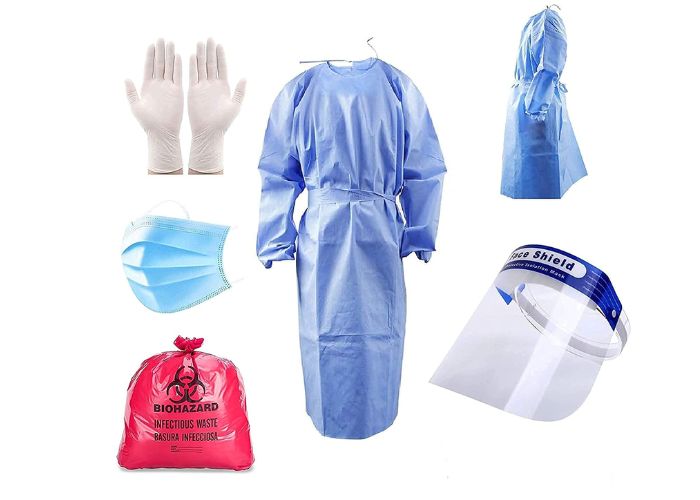
For routine patient care of COVID cases, a well-fitting surgical/procedural mask provides sufficient fluid resistance. I educate staff on proper placement over the nose and mouth and verify that masks maintain their shape after use without damage/soiling.
Gloves: Preventing Contact Transmission
As a safety officer, my key focus with gloves is avoiding cross-contamination and contact transmission of pathogens from surfaces/equipment to hands and then to patients or staff. This can occur while drawing blood, handling lab specimens, cleaning instruments, or touching contaminated surfaces.
I train staff to inspect gloves for tears before use, prevent contact between gloved hands and face/eyes, and practice proper technique for removing gloves after patient care to avoid hand contamination. Nitrile exam gloves are the preferred choice over latex and vinyl gloves due to durability and elasticity.
For COVID cases, following CDC protocol on extended use/limited reuse of isolation gowns/gloves is vital when supplies are stressed. As a safety expert, I also ensure appropriate glove use when handling disinfectants and chemicals per the manufacturer’s instructions.
Gowns: Safeguarding Clothing and Skin
As an experienced healthcare safety professional, I select fluid-resistant gowns to protect healthcare workers’ arms and body from pathogens in blood, fluids, or other potentially infectious material. Wearing isolation gowns is now mandatory for direct patient care activities where soiling is expected.
I educate staff on not reusing single-use disposable gowns, tying the gown securely at neck and waist, removing gown slowly by rolling inside-out, and performing hand hygiene after safely removing/disposing in designated containers.
For aerosol-generating procedures on COVID patients, the CDC recommends reusable/disposable gowns as well as coveralls with integrated hood. As a safety officer, I verify that all gowns meet AAMI PB70 standard for liquid barrier protection and train staff on proper selection, use and disposal.
Face Shields: Shielding Mucous Membranes
As an experienced healthcare safety manager, I select face shields to protect staff against splashes/sprays of infectious material to the face including eyes, nose and mouth.
For COVID-19, I train staff to use face shields/goggles together with an N95 respirator or surgical mask during aerosol-generating procedures. This creates a barrier against droplets impacting mucous membranes.
I educate frontline personnel to adjust the headband for comfort, disinfect reusable face shields after each use, inspect for damage, and refrain from touching the face under the shield. Proper placement over the forehead, covering the length of the face, ensures maximum protection.
Being Proactive on PPE Safety Protects Staff and Patients
In my 7 years as a healthcare safety officer, staying updated on the latest PPE guidelines and being proactive in staff training has been key to reducing infections. My goal is to foster a culture of safety where frontline staff feel comfortable reporting issues or asking questions.
Read More:- Supmedic Medical Nitrile Exam Gloves Pros, Cons & Reviews
As PPE shortages ensued during COVID-19, my guidance was crucial in implementing contingency strategies without compromising worker safety. This balanced ensuring sufficient supplies with thoughtfully preserving PPE. Source:- physio-pedia.com
As medical understanding of COVID-19 continues to evolve, I stay on top of the latest CDC directives, evidence-based research and clinical recommendations to update PPE protocols and train staff accordingly.
Read More:- No-Touch Thermometer for Adults and Kids Pros, Cons & Reviews
When healthcare workers have appropriate PPE training and equipment, it protects them, prevents spread, and ultimately saves patients’ lives. As a safety officer, I find this incredibly rewarding. My deepest motivation is working collaboratively with frontline personnel and infection control teams to achieve positive health outcomes in the face of challenging threats like emerging infectious diseases or pandemics.
Staying vigilant, proactive and compassionate through collective wisdom and care is how we continue to overcome. I hope you like reading “What Are the Key Uses of Masks, Gloves, Gowns, and Face Shields in PPE?”

Dinesh Singh Negi is a seasoned expert in the healthcare procurement industry with over 15 years of experience in supply chain management and hospital procurement strategies. Holding a Master of Business Administration (MBA) in Operations Management and Supervision, Dinesh has successfully optimized procurement processes for numerous healthcare facilities, ensuring cost-effective and quality supply solutions. As the lead author on hospibuy.com, Dinesh shares his deep knowledge and insights on hospital procurement trends, product evaluations, and industry best practices. Connect with Dinesh on LinkedIn for more professional insights.
